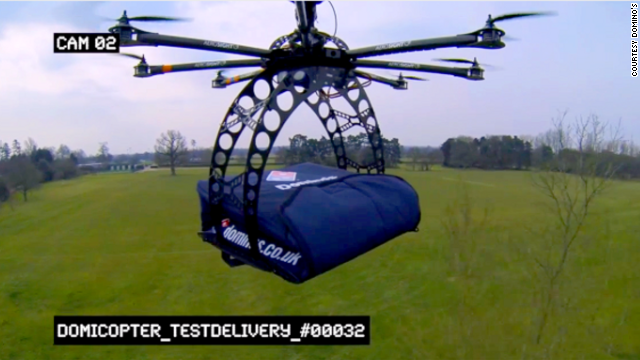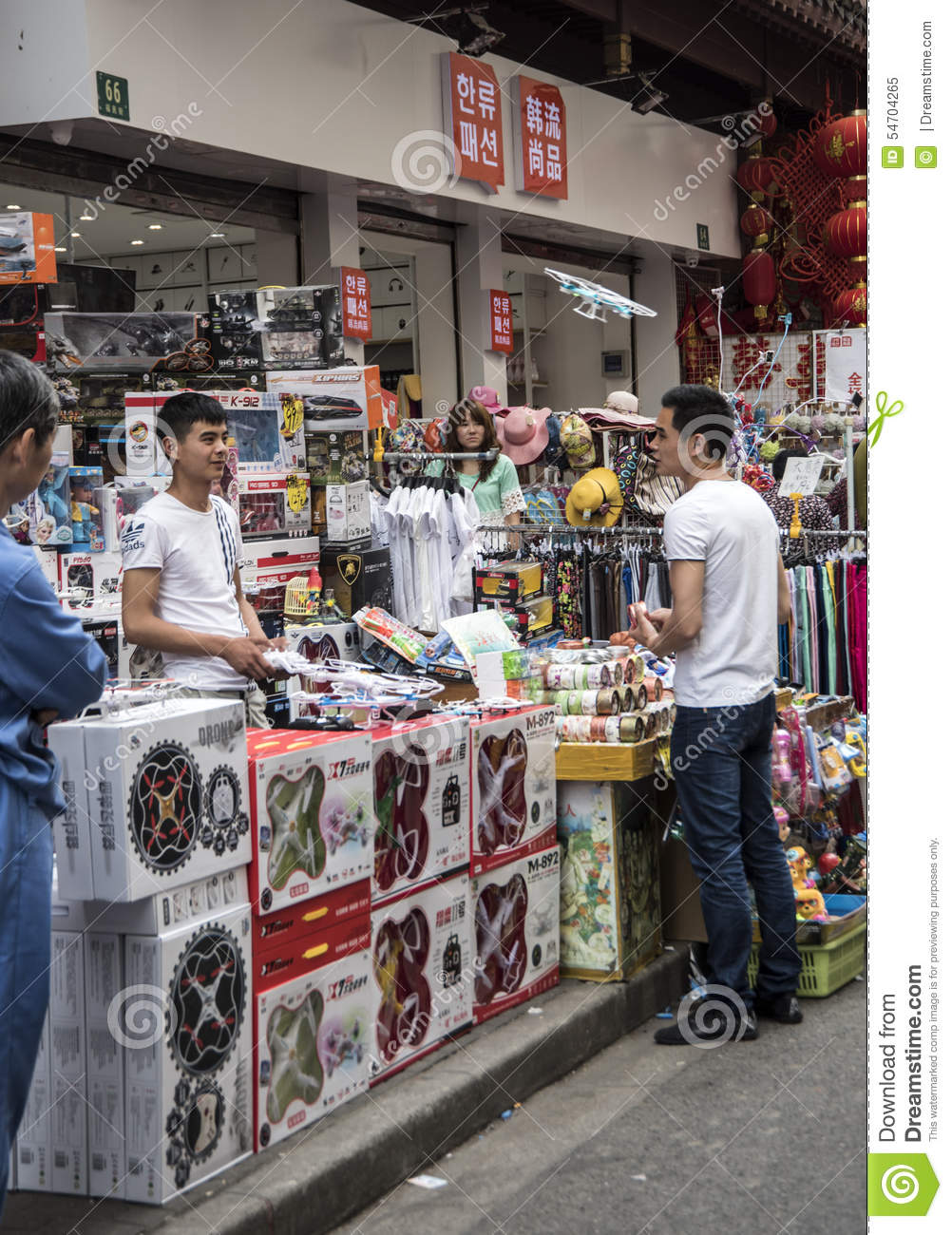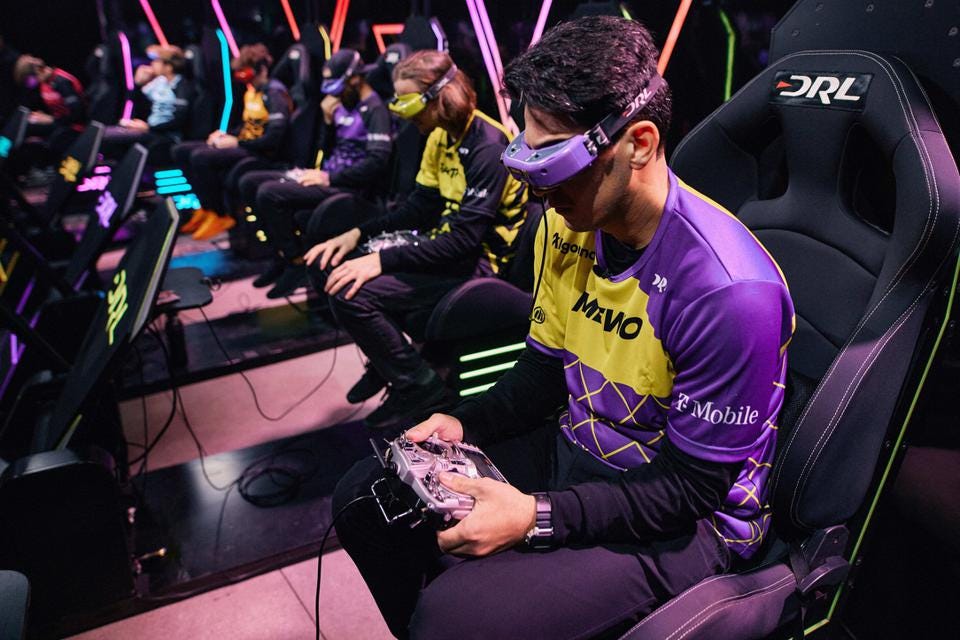
It is important to understand how commercial drones are used before you decide to invest. Here are the main applications of drones, the prices of commercial drones, what the future holds, and more. You should also be aware of the regulations that will govern their use. This article will address all of these topics. It will help to you understand the cost and avoid any legal issues that may arise. It will help to determine if commercial drones make sense for your company.
Applications of commercial drones
The Commercial Drones Market is likely to experience an incremental increase in growth over the next several years as more manufacturers recognize the benefits. This industry is expected to grow at a rapid pace due to a steady rise in R&D projects as well as government and private initiatives. Drones aren't as popular as manned aircraft yet, but they will continue to gain popularity and increase in sales over the coming years. For instance, the manufacturers expect a significant increase in industrial inspection. This segment is expected to make up 30% of total commercial drones sales by 2020. Delivery drones will, in the meantime, remain a niche item.
The thermal and optical sensors on commercial drones can greatly increase their capabilities in search and rescue operations. A commercial drone with thermal sensors is capable of finding buried people. It can also relay GPS coordinates to ground crews, thereby providing crucial information to assist with the recovery efforts. The commercial drones are invaluable for disaster relief operations as they reduce responders' response times and maximize efficiency.

Commercial drones cost
The cost of commercial drones can vary, but they are generally in the $2-3,000 price range. They can also be as high as $30K depending on what they are used for. You will need to purchase a more specialized aircraft for professional film sets. These can be more costly. In certain cases, you might want to attach a payload device to a prosumer quadcopter. For example, a thermal image camera.
Commercial drones have many applications, including delivering packages to homes. They can be used for surveillance. Commercial drones are being increasingly used by online retailers to drop packages at customers' homes. Mining is another sector that uses drones. They can remotely monitor mines, and companies can use footage to plan future purchases and planning. Commercial drones can take aerial images that can be used to help law enforcement agencies find evidence of criminal activity.
Future of commercial drones
Many industries will be affected when drones are used commercially. Although construction is an obvious area for drone use, others are less certain. These devices are also useful in other areas such as ICT, chemicals, real estate, and real property. A lawsuit brought by a Utah farmer in July 2015 is likely to have a significant impact on the future development of these unmanned planes. However, drones still have a ways to go. However, this will allow you to better understand the dangers before making your final decision.

Regardless of where you work, you should familiarize yourself with the latest developments in drone technology. Drones' utility will increase as the industry matures. Commercial drones are customizable for specific purposes, such as aerial photography. Many everyday tasks could be performed by them, which can help businesses cut costs and improve their efficiency. However, it's important to stay current on the FAA rules.
FAQ
What is the best drone for beginners?
The DJI Phantom 2 Vision+ beginner drone is very popular today. This drone comes with a 4K camera which can be used to take aerial photos and videos. Its GPS system makes it easy to navigate the drone.
Is it a crime to fly drones?
Yes, flying drones is illegal in some countries such as Australia, Canada, Germany, Japan, New Zealand, Singapore, South Korea, the United Kingdom, and the United States. It is however legal in many other countries such as France.
Is drone regulation regulated by the FAA
The FAA is responsible for all aspects of drone operation, including certification requirements, safety standards, and licensing procedures.
Statistics
- According to the multiple listing service (MLS), houses and apartments with drone photographs are up to 68 percent more likely to sell than those without pictures. (thedroneu.com)
- Research and Markets predict a growth rate of 51.1% over the next five years. (thedroneu.com)
- According to ZipRecruiter, the minimum hourly wage of drone pilots is $20. (thedroneu.com)
External Links
How To
How to Fly Drones at a Beginning Level
A drone refers to a remote-controlled aircraft designed for aerial photography, surveillance and scientific research. Drone technology has existed since World War II. DJI's Phantom series of quadcopters was the first to be commercially used. There have been many drones made since then. These range from beginner-friendly drones like Parrot AR Drone 2.0 to more advanced multi-rotor craft like DJI Mavic Pro.
There are many ways to fly a drone.
-
Remote control: This uses a remote control device that attaches to your hand and allows you control the drone along its flight path. There are two main types of controllers: On/Off switches (like a radio) and joysticks.
-
Manual Control – This allows remote operation of the drone via GPS coordinates using a smartphone application. Follow the instructions of the app to track the exact location you want the drone go.
-
Autonomous Flight – This is when the drone handles all the piloting tasks. It basically flies autonomously without any human intervention. For the autonomous flight to occur, the drone must have a built-in camera and sensors capable of capturing images and data.
-
Triggered Flight: This is similar in concept to manual control. The pilot manually creates a route and the drone then follows it until it reaches that endpoint. After the preprogrammed route is complete, the drone will automatically land and return to its base.
-
Landing Gear – Some drones are equipped with landing gear, which allows them to safely land if they lose power during flight.
-
Goggles – Pilots often wear goggles while flying to keep themselves safe from any debris.
-
Camera - You can capture photos and videos with your drone from the air.
-
Obstacles-Some drones come with obstacle avoidance devices that keep them from hitting obstructions.
-
Speed - Some drones reach speeds exceeding 40 mph.
-
Battery Life - Most drones are capable of lasting between 20 minutes and three hours, depending on the power that you use.
-
Distance - Some drones can travel up 30 miles depending on the model.
-
Power source - Some drones require an external power source; others work off internal batteries.
-
Weight - Some drones are lighter than others, while some models can weigh as much as 4 pounds.
-
Size - Drones come in many sizes, from small gadgets that fit in one's hands to large craft that weigh more than 50 lbs.
-
Price - High-end drones can go for thousands of dollars, while low-cost models start at $100.